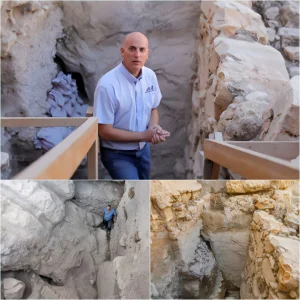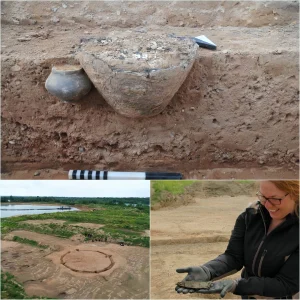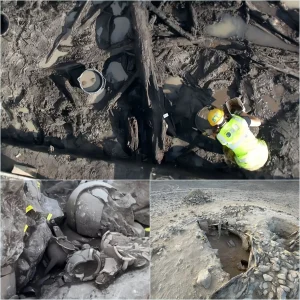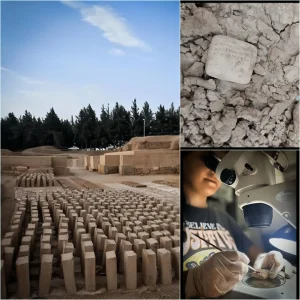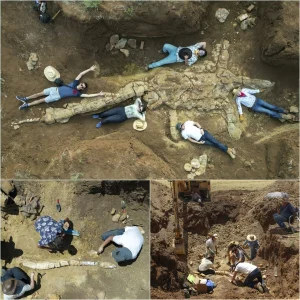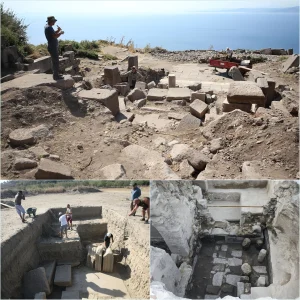**Treasure Trove of Artifacts Reveals Life in a Remote Viking Mountain Pass**
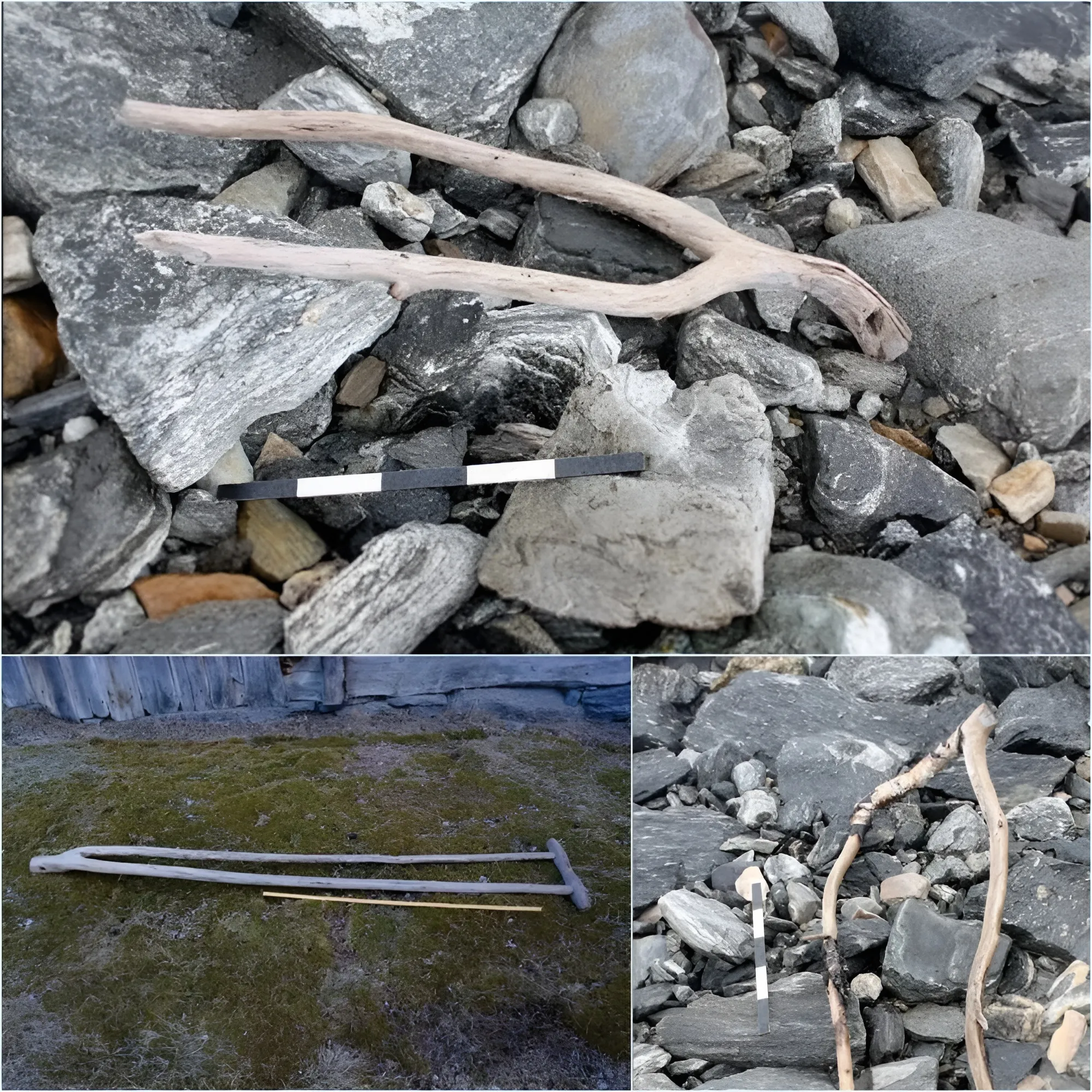
Situated high above the treeline and accessible only by a challenging hike or helicopter, the Lendbreen ice patch in Norway’s Jotunheim Mountains—roughly 200 miles northwest of Oslo—is an exceptionally remote location. However, a millennium ago, long before modern roads traversed the valleys, this rugged mountain pass was a crucial route for Viking Age travelers.
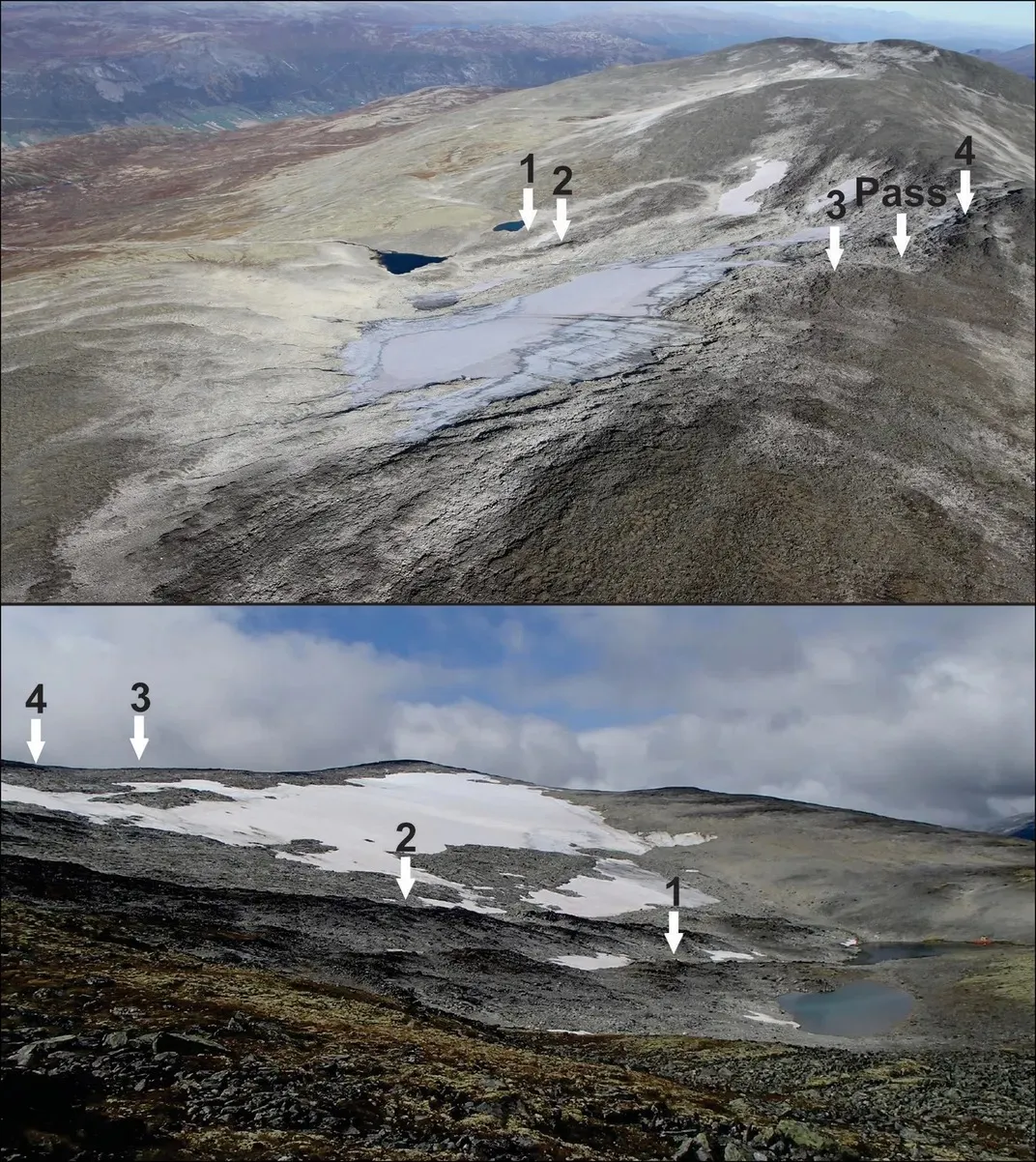
During a notably warm summer in 2011, archaeologists exploring Lendbreen for the first time uncovered ancient horse dung scattered across the ground and artifacts emerging from the melting ice. Among these initial discoveries was a 1,700-year-old tunic, the oldest piece of clothing ever found in Norway, and intriguingly well-preserved, possibly abandoned by a traveler suffering from severe hypothermia.
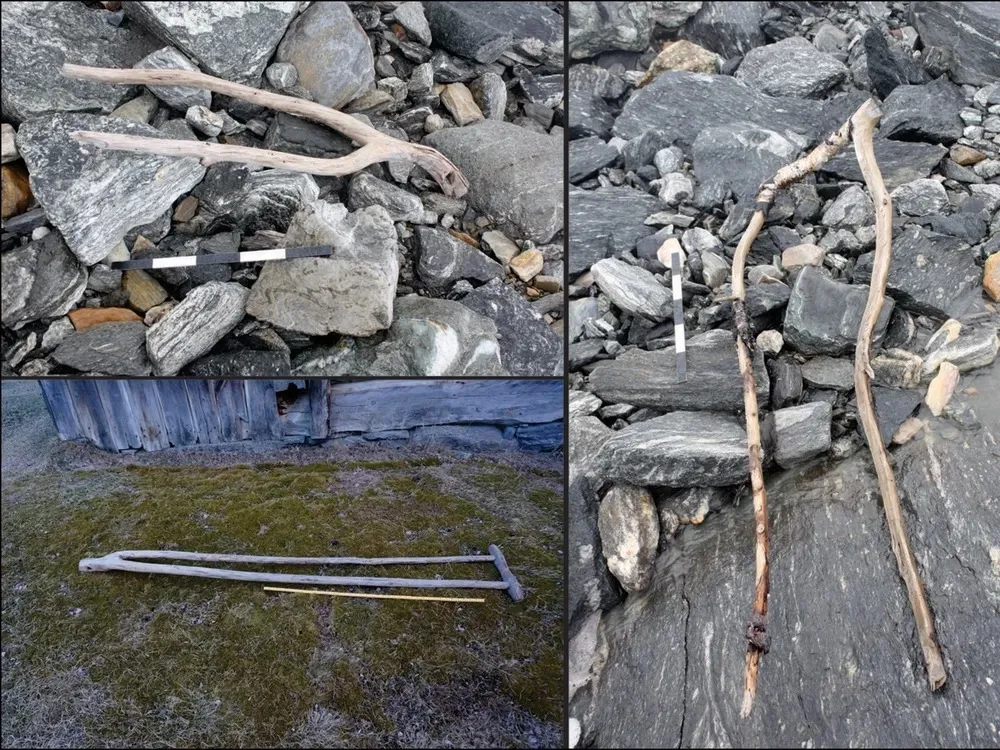
Further exploration of the site has since revealed over 1,000 artifacts, including remnants of wool clothing, leather shoes, sled fragments, horseshoes, and walking sticks. A new analysis published today in the journal *Antiquity* provides fresh insights into the historical use of this mountain pass and some unsettling hints about why it was eventually deserted.
Lendbreen stands out as the most prolific archaeological site among ice patches in Scandinavia, and possibly the world. Unlike other northern European ice-patch sites that primarily served as hunting grounds, Lendbreen was a key transit route. Farmers, herders, and merchants used this pass to cross the 6,300-foot-tall Lomseggen mountain ridge, reaching high-altitude summer pastures and potentially trading posts and other distant destinations.
Led by Lars Holger Pilø, co-director of the Glacier Archaeology Program in Norway’s Innlandet County, the latest research analyzed radiocarbon dates from 60 items recovered at Lendbreen. The findings indicate that the pass was utilized from the Roman Iron Age—around 300 A.D., during a period of growing Roman influence in northern Europe, although their empire did not extend to modern Norway—through the Middle Ages.
According to study co-author James Barrett, an archaeologist at the University of Cambridge, “The pass was at its busiest during the Viking Age around 1000 A.D., a period marked by high mobility and expanding trade across Scandinavia and Europe. This remarkable peak in activity underscores how interconnected even the most remote locations were with broader economic and demographic shifts.”
